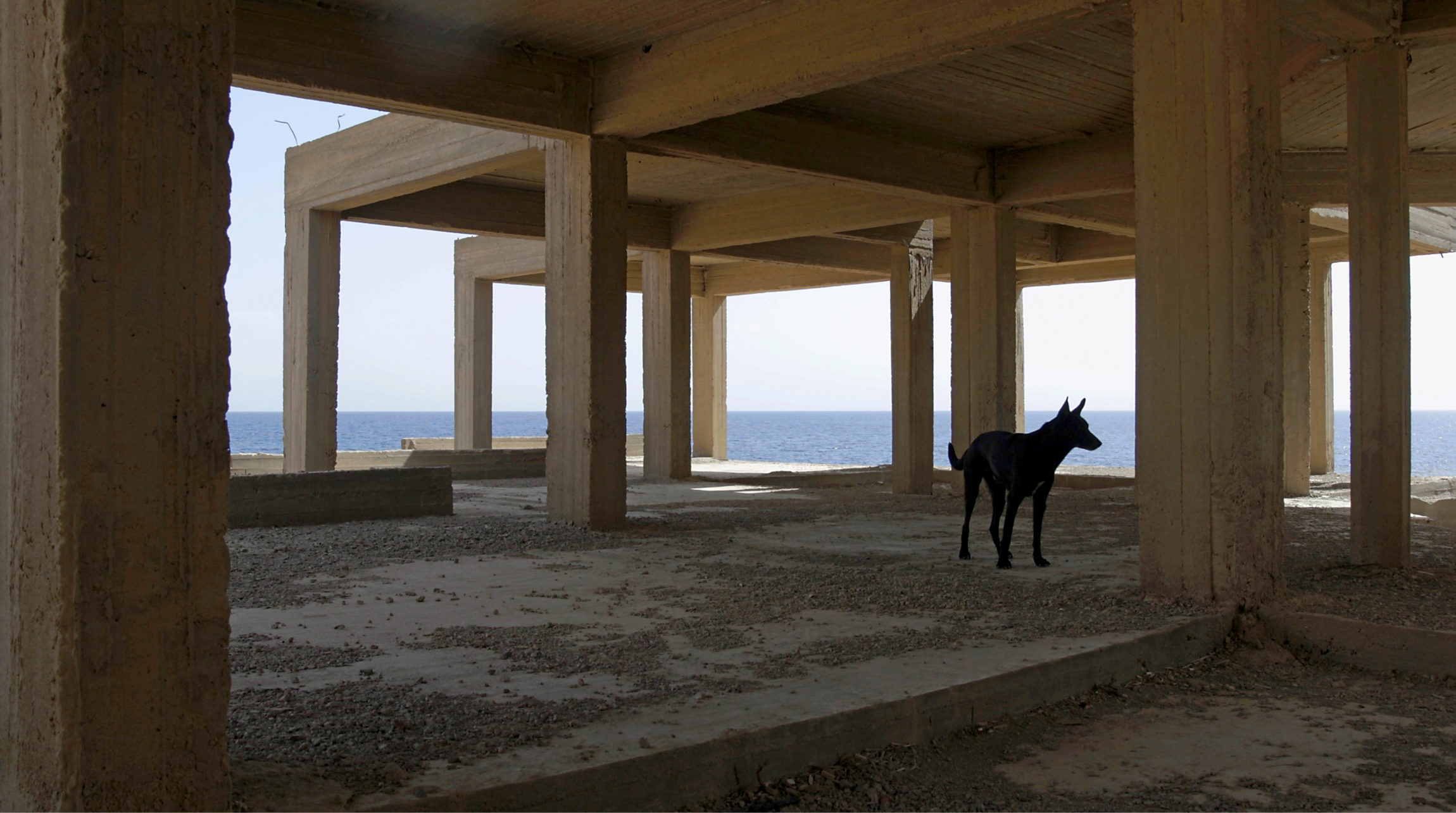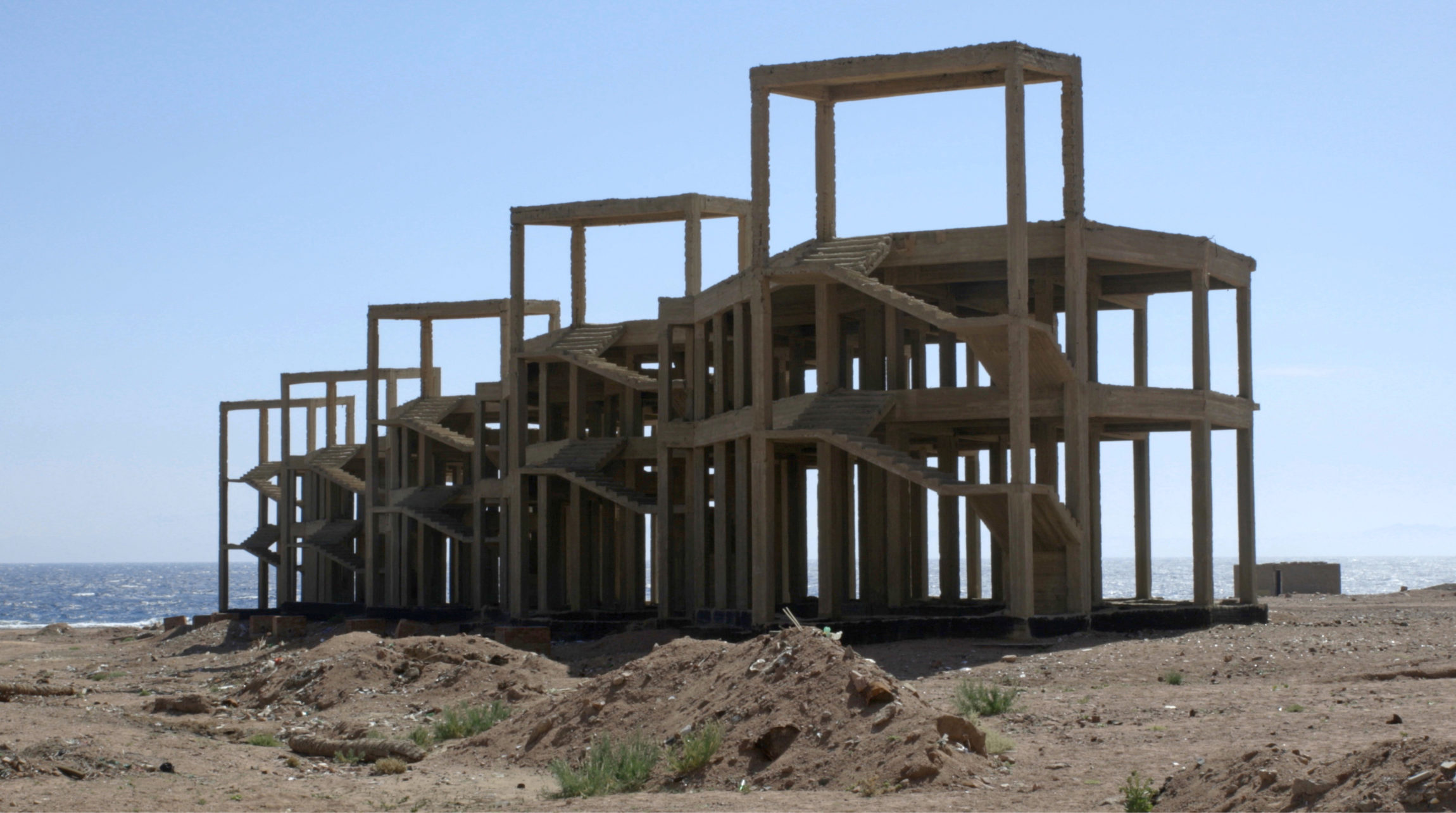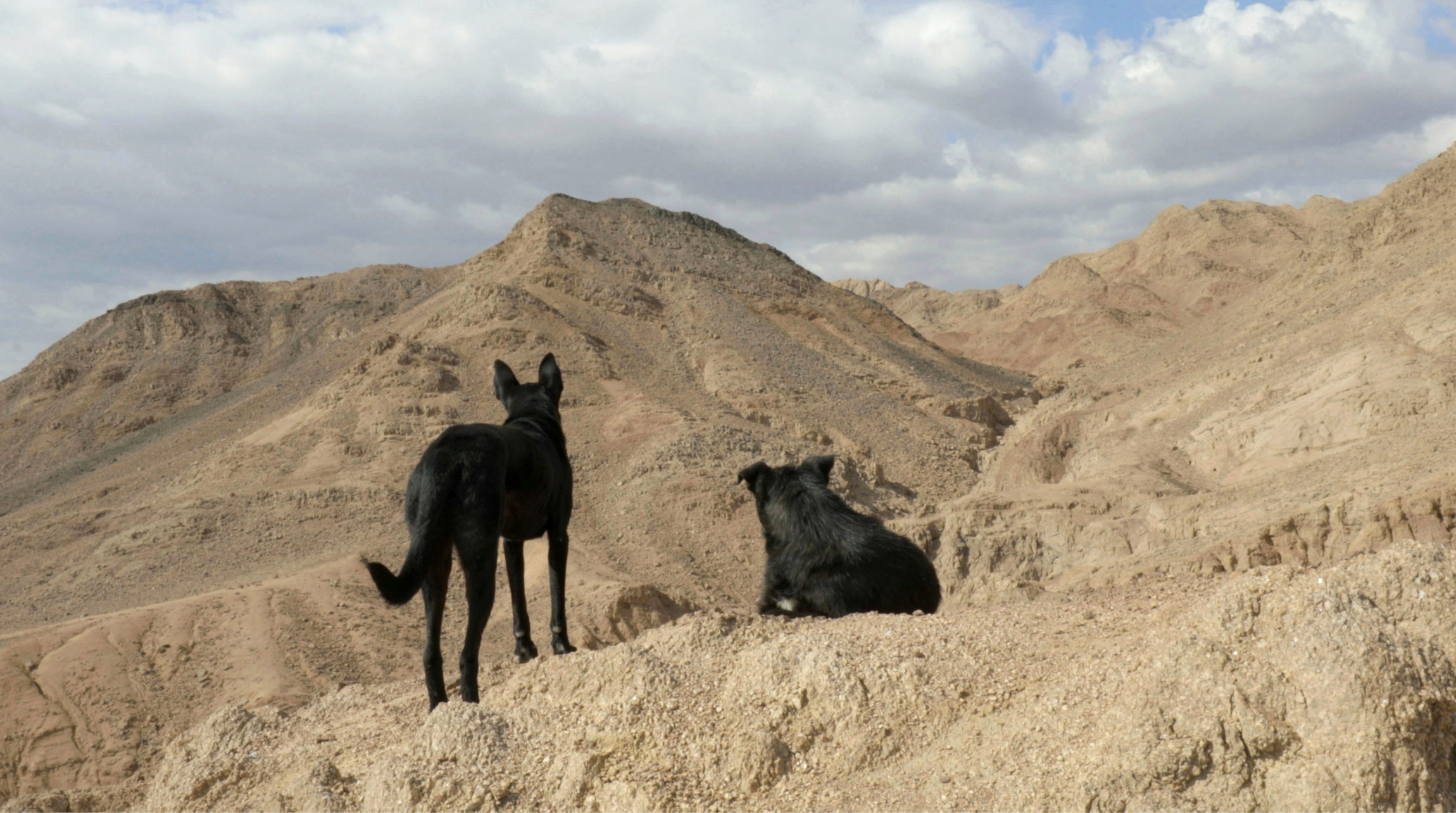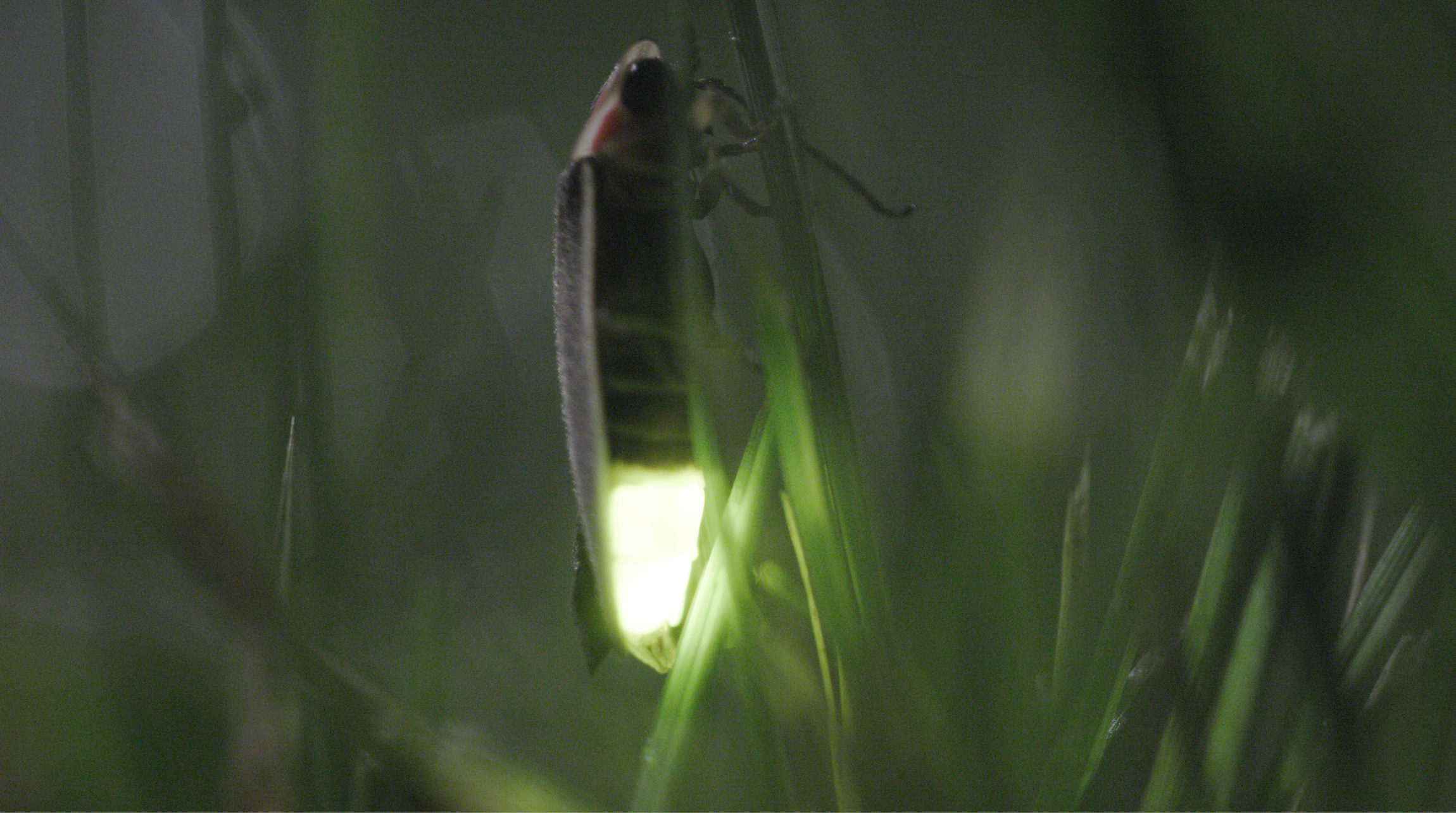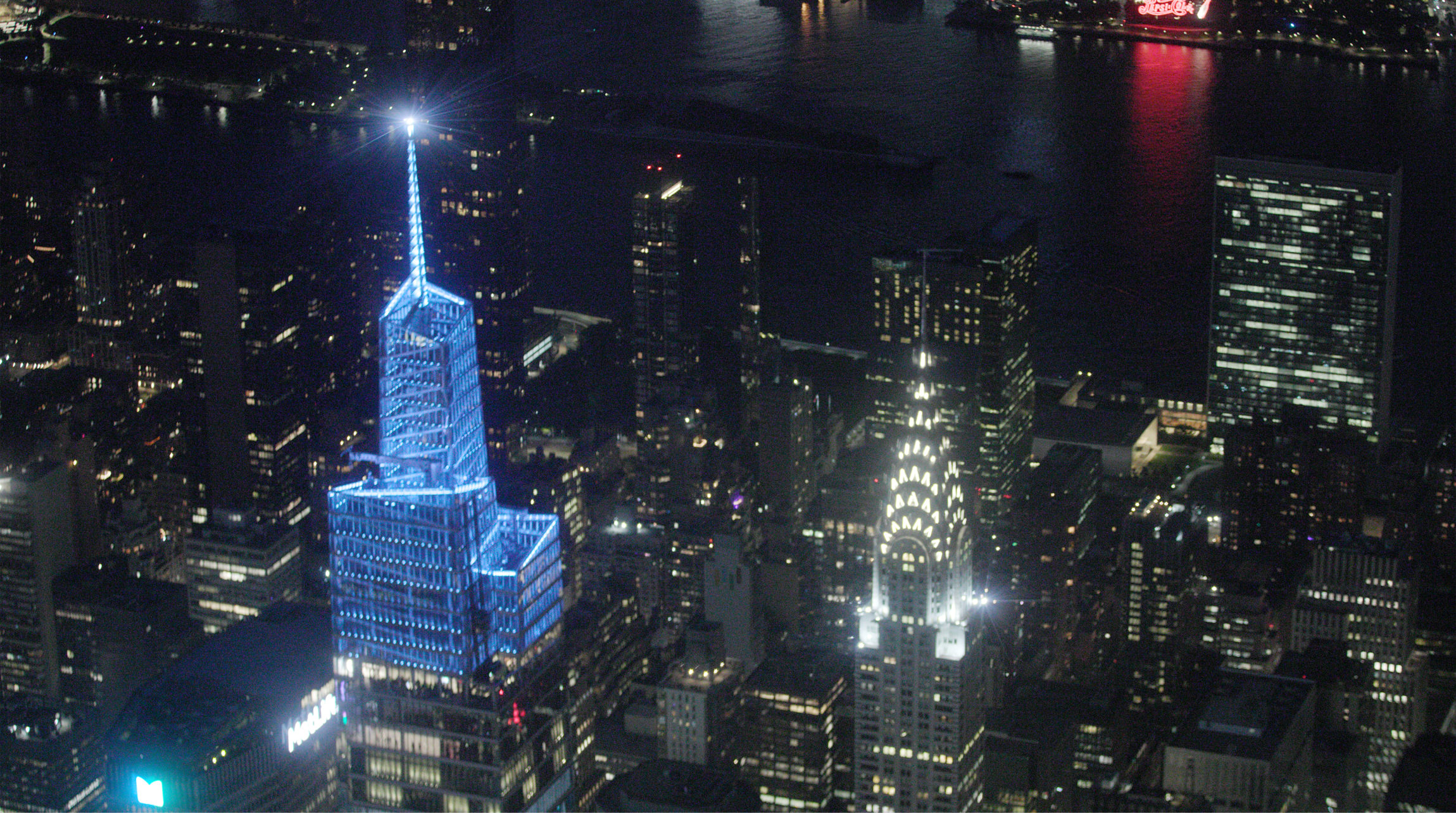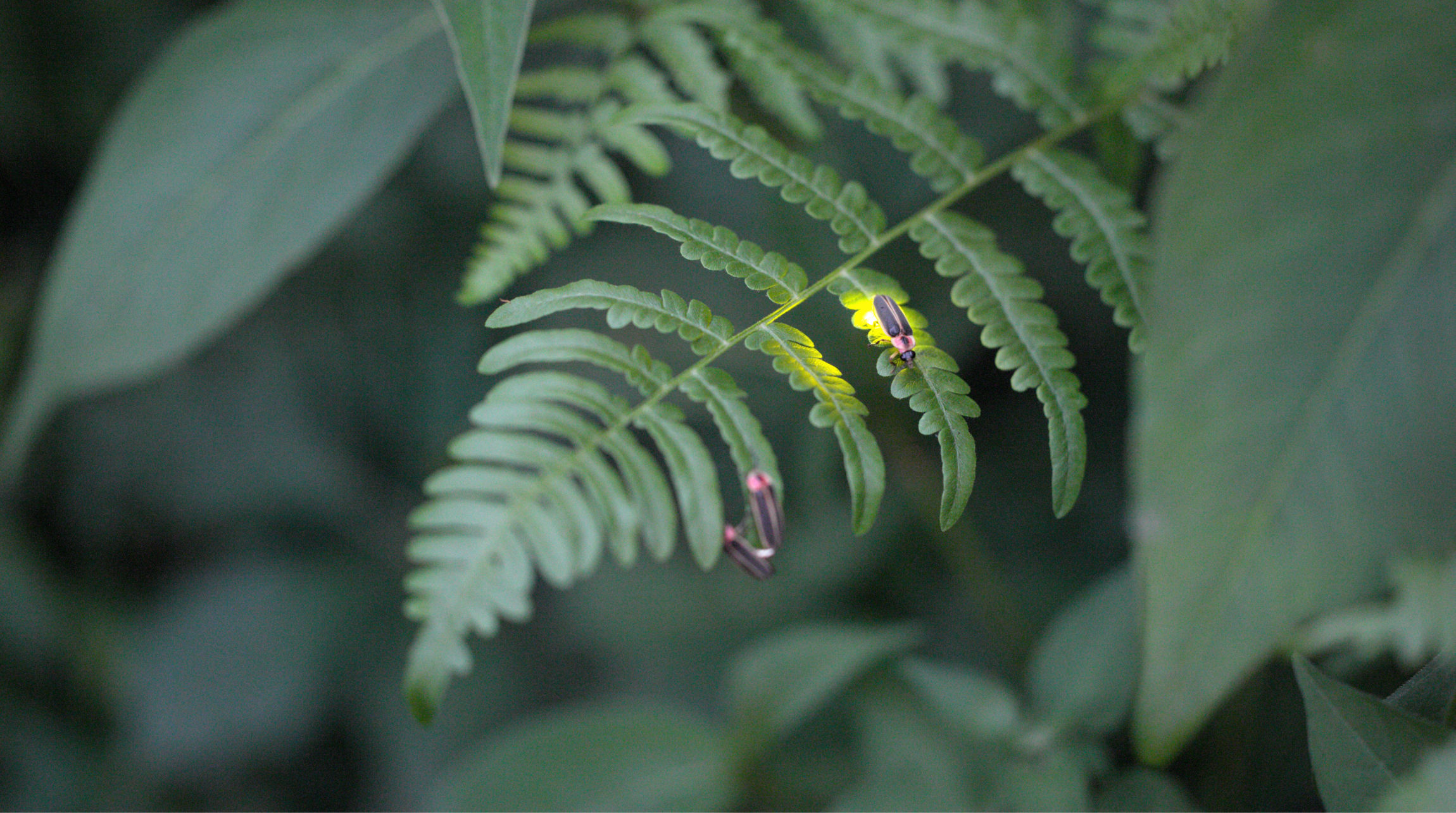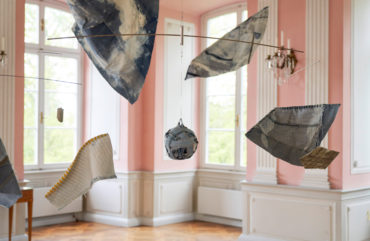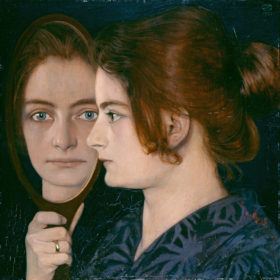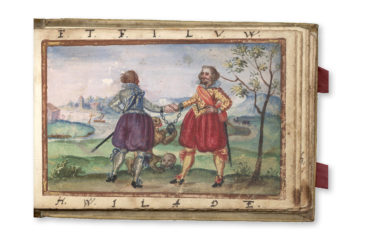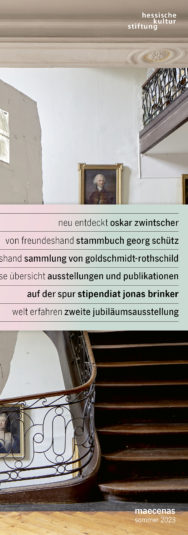scholar jonas brinker
Jonas Brinker was born in 1989 in Bochum. He initially studied at the Slade School of Fine Art in London and later at the Städelschule Frankfurt in the class of Douglas Gordon and Willem de Rooij, where he graduated as a Meisterschüler in 2018. Jonas Brinker lives and works in Berlin, but many of his videos begin with a journey. His time-based works are studies on the poetics of observation. Brinkers artistic process often start with long periods of patient observation. After examining the particularities of his environment by capturing them over time, the vast amount of footage is edited to a concise distillation of an environment and its inhabitants.
In the following interview with MoMA Curator Carson Chan, Brinker discusses the first version of a new work that emerged during his fellowship in New York in the summer of 2022. Chan is the founding director of the Emilio Ambasz Institute for the Joint Study of the Built and Natural Environment at the Museum of Modern Art in New York.
Chan We met in the summer of 2022 when you were in New York City filming fireflies in Central Park. Tell me about how you ended up there.
Brinker I received a travel grant from the Hessische Kulturstiftung to investigate fireflies in Central Park. I wanted New York City to be the backdrop to this work. It’s a familiar place most people know through television, movies, and other forms of media. Sounds and images of this city can evoke certain emotional responses in people. We might even feel a strong sense of nostalgia, a longing, for the city even if we haven’t been there before. The first part of my video nightfall (working title) focuses tightly on the fireflies, but through the sounds of traffic, people walking by, sirens and what not, you still get a sense that we are in a city, maybe even in a place that feels somewhat familiar.
Chan Why are you interested in fireflies? Did the video come about because you were in New York, or were you in New York specifically to make this video?
Brinker I’m fascinated by the way in which the fireflies‘ intermittent glow measures the passage of time. On, off, on, off. I connect that this to the temporal linearity of moving images, each frame followed by the memory of the last one. When I start working on a video, I don’t want to impose a predetermined narrative onto the material. Usually, a work starts when I’m curious enough about something to immerse myself into the subject’s environment – and these subjects have usually been non-human. In this case, I recorded the fireflies in Central Park through my camera, allowing myself to be open to whatever I can take in. The work is a product of New York, and I went there to spend time specifically to make it.
Chan The idea of spending time is interesting to me. Time and timeliness is something I think about in this video. A sense of urgency comes through in the work as well. There’s a sense of time passing, a sense that the time that has passed cannot be recovered. Fireflies don’t live for very long. They glow to attract mates to reproduce. There is a sense that what we see in the video is happening at a very particular time for a very particular reason.
Brinker The life cycle of fireflies is indeed very fascinating. After the larval stage, which can last up to three years, most firefly species, as adult beetles, cease feeding and focus solely on mating. The males fly around and flash their characteristic bioluminescent light patterns, while the females respond with their own light signals. They die soon after they find a suitable partner and procreate. Their lives extinguish, so to speak, in a spark of light. The mating season can last from a few days to a few weeks, depending on the species and environmental conditions. I am very attracted to the uncompromising, excessive beauty of this process. Fireflies have been successful with this strategy for a very long time. Through fossil discoveries, it is now known that they have been able to glow and communicate with light for about 100 million years. Today, several species of fireflies are considered endangered or at risk of extinction due to habitat loss, environmental pollution, and climate change. You wouldn’t think so, but Central Park serves as a kind of sanctuary for them. Once they started appearing in late June last year, I would spend every night in the park with them, trying to get as much footage of them as I can.
Chan Your video is only a few minutes long, looped continuously. Over the weeks, you must have gathered a lot of footage. Tell me about the editing process. How did you condense so much material into such a short timeframe?
Brinker Actually, I only have about six hours of footage, which is not much compared to the weeks I spent observing and waiting. Fireflies are very difficult to film because they’re small and in the beginning of the mating season, they move quite a lot. Once I get the camera and focus set up, there’s a good chance that they’re already gone. For the edit, I start by watching the footage chronologically. I can clear out a lot of material in the initial pass, and with each rewatching, I filter out more material until I arrive at some kind of essence that reflects the entirety of the shots and my experiences on-site. I guess my aim is also to convey some of the satisfaction and empathy I gained from so many nights with them.
Chan There’s a moment in the video where we see a firefly flying and then we hear the sound of planes and helicopters in the background. Shortly after, we see aerial views of New York at night shot from a helicopter. Is flying another theme you‘re exploring in this work?
Brinker The scenes taken from a helicopter, looking down on the city at night are meant to provide a completely different perspective on the city. As I was editing the video, Stanley Kubrick’s famous match cut1 from 2001: A Space Odyssey (1968) came to mind, where a shot of a bone flying in the air suddenly cuts to a spaceship orbiting earth. The cut symbolizes the evolution of humanity and technology, suggesting that the bone and the spaceship are both tools to fulfill our desires. In a way, we can see the cut from the firefly buzzing around to the helicopter flying over the city as a representation of the co-evolution of nature and technology. I see the flashing lights on the top of the skyscrapers and the light emitting organs of the fireflies both as fulfilling the same underlying purpose: to communicate and to attract.
Chan Interesting that in this work, the idea of flight is only a secondary effect of your interest in light. Animals feature prominently in your work in general. There’s the cat wandering around a parking lot in Tuesday, 31.01.2017. There’s the pack of stray dogs in a desert valley in stray (2020), and then there is a dog from the same pack in interval (2022), seen two years later in the architectural ruins of an unfinished holiday-resort. Why are you interested in animals?
Brinker I think about our relationship with other animals and how animals have been depicted in the history of art and culture. They’re often used symbolically: lions connote power, wolves represent freedom. The cat in Tuesday, 31.01.2017 tells a different story. In a way, she became the director of the video as I am the one following her. In my works, I aim to show „environment“ as the coexistence of humans, non-human animals, plants, and the natural phenomena that shape their shared world. interval begins with a black dog calmly walking out of the frame. We see the concrete skeleton of a construction ruin silhouetted against a cloudless blue sky, with the sound of waves permeating the scene. In my work, the dogs, the landscape, the elements, and the architecture are presented in static shots, allowing them to exist as they are—to speak in their own voice—in each other’s company.
Chan How do you think about consent in your videos featuring non-human animals? Have you thought about what dogs or fireflies might think of your work? Or is the transfer of the concept of consent to the worldview of fireflies an act of anthropomorphism?
Brinker All these are certainly important questions to ask and I have been thinking about them when filming. First and foremost we cannot know if animals understand the concept of filming or recording time and events at all. Some might? In the videos you mentioned, none of the animal subjects were in captivity so they could always chose to leave. They had the agency to disengage with me at any time. I cannotsay if the dogs I filmed in the desert understood that they were being recorded, but at the very least they had the freedom to walk away, or even attack me if my presence disturbed them.
Chan I’m not exactly sure where I stand on the question of consent regarding filming animals, but your videos have raised these questions for me. Even if we can‘t speak of consent, there is definitely something you share with your protagonists.
Brinker When I first started to film the dogs in 2020, I spent several hours with them every day for four weeks.After I finished editing stray, it became really important for me to see them again and record them once more. Because of the pandemic, it took another two years before I returned. Incredibly, I found them again in the desert, and by the way they behaved around me, I thought that they may have actually recognized me. On the last day of filming, they simply walked away at some point. I felt that I was allowed to leave with that—or in other words, it was important to me that they decided when our encounter ended.
Chan What are your thoughts on nature documentaries? These films are often edited in a way that presents a specific narrative.
Brinker I try to show animals as they are, not as I want them to be. I don’t want to describe how they eat, sleep, or hunt. It‘s not just about nature documentary. Animals stand in for human narratives all the time. I am thinking of Donna Haraway’s essay² on dioramas of nature scenes in the Natural History Museum in NYC. I recognize that when we see an image of a male lion on a rock looking over a landscape we are tapping into centuries of tropes. When I was editing the videos with the dogs, I wanted to keep the possibility for interpretations as open as possible. I don‘t want to dictate how people see these animals. But I also accept that scenes where the dogs gaze into the landscape might remind us of a painting by Caspar David Friedrich. In the end, we can only see the world through our eyes.
1 Match Cut = Technique of film editing in which a motion is cut into and continued in a different visual composition.
2 Donna Haraway, Teddy Bear Patriarchy: Taxidermy in the Garden of Eden, New York City, 1908–1936, in: Social Text, No. 11 (Winter, 1984–1985), S. 20-64), Duke University Press
